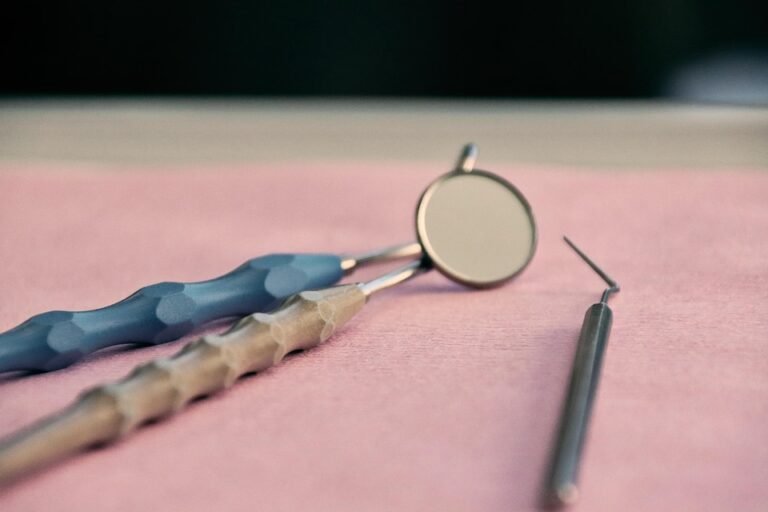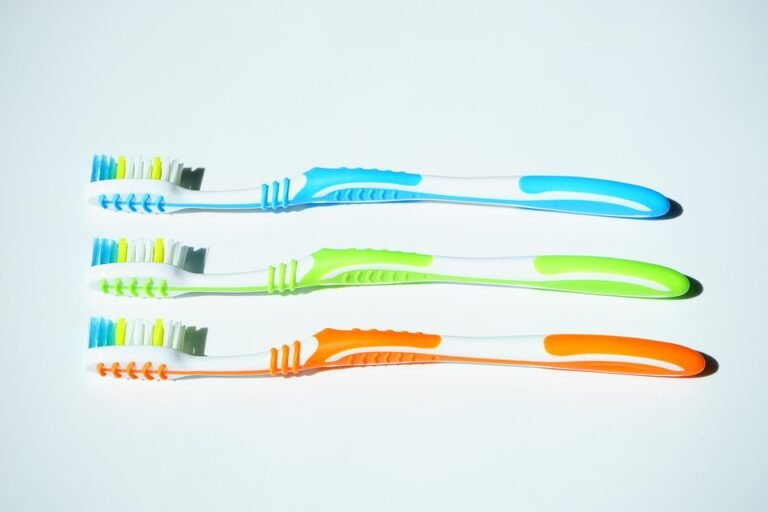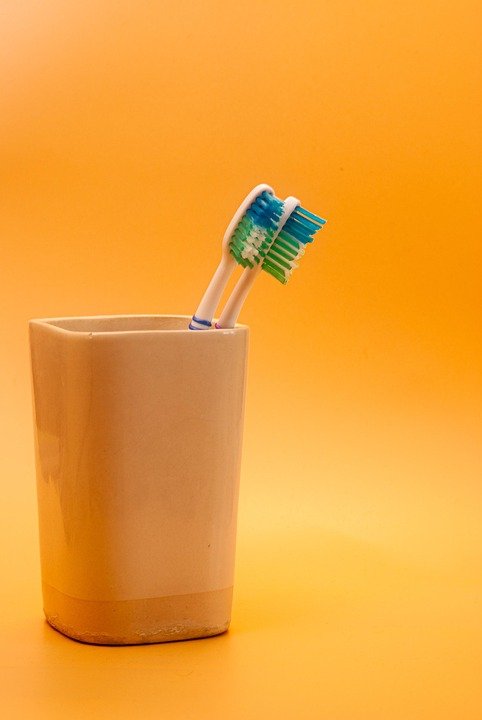What are the environmental impacts of traditional dental product packaging?
Okay, so I’m trying to cut down on my plastic waste, and it just hit me how much plastic comes from my bathroom sink! We’re talking toothpaste tubes, floss containers, toothbrush wrappers… the whole nine yards. I’m wondering specifically about the packaging for all these things, you know? Like, what materials are typically used, and how bad are they, really?
I’m especially interested in stuff beyond just "it’s plastic." Things like:
- Are specific types of plastics worse than others (like PVC vs. HDPE)?
- How much of this packaging actually gets recycled? I know a lot could be, but what’s the reality?
- What are the environmental costs associated with the production of these materials, not just disposal? Think energy use, water use, greenhouse gas emissions, etc.
- What about things like blister packs and those weird plastic-coated cardboard boxes some toothbrushes come in? Are they even recyclable?
- Are there any readily available stats or studies out there that quantify the environmental impact of dental product packaging? I’m looking for some real numbers, not just general statements.
- Does the impact vary greatly depending on the brand or specific product? Are some companies doing better than others?
I’m really trying to get a clear picture of the full lifecycle impact, from manufacturing to disposal, and how it all adds up. Thanks in advance for any insights!
Answer
Traditional dental product packaging relies heavily on plastics, aluminum, and paper, each contributing to a range of environmental impacts throughout its lifecycle.
Plastics:
- Resource Depletion: Most dental product packaging, such as toothpaste tubes, floss containers, and toothbrush handles, are made from petroleum-based plastics. The extraction, transportation, and refining of crude oil, the raw material for plastic, contribute to habitat destruction, greenhouse gas emissions, and potential oil spills.
- Manufacturing Impacts: Plastic production requires significant energy input, often from fossil fuels, releasing greenhouse gases and contributing to climate change. The manufacturing process also involves the use of chemicals, some of which are toxic and can pollute air and water if not managed properly.
- Waste Generation: Dental product packaging contributes significantly to plastic waste. Many types of plastic used in dental product packaging are difficult or impossible to recycle economically, ending up in landfills or the environment.
- Persistence in the Environment: Plastics are not biodegradable and can persist in the environment for hundreds or even thousands of years. They break down into microplastics, which contaminate soil, water, and even the air.
- Microplastic Pollution: Microplastics can be ingested by wildlife, entering the food chain and potentially harming ecosystems. They can also absorb pollutants, increasing their toxicity. Microplastics have also been found in human food and drinking water, raising concerns about potential health effects.
- Marine Pollution: A significant portion of plastic waste ends up in the oceans, harming marine life through entanglement, ingestion, and habitat destruction. Plastic debris can also transport invasive species and disrupt marine ecosystems.
- Incineration Impacts: When plastic waste is incinerated, it releases harmful pollutants into the air, including greenhouse gases, dioxins, and furans, which can contribute to air pollution and health problems.
Aluminum:
- Resource Extraction: Aluminum production starts with mining bauxite ore, which can lead to habitat destruction, deforestation, and soil erosion. The mining process can also contaminate water sources with heavy metals and other pollutants.
- Energy Intensive Production: Aluminum production is extremely energy-intensive, requiring large amounts of electricity to extract aluminum from bauxite. This energy is often generated from fossil fuels, contributing to greenhouse gas emissions.
- Water Pollution: The aluminum production process can generate wastewater containing pollutants such as fluoride, sulfates, and heavy metals, which can contaminate water sources if not properly treated.
- Waste Generation: Aluminum foil used in some dental product packaging, like blister packs, can be difficult to recycle if contaminated with food or other materials. If not recycled, it ends up in landfills, where it can take hundreds of years to decompose.
- Air Pollution: Aluminum smelters can release air pollutants such as sulfur dioxide, nitrogen oxides, and particulate matter, which can contribute to respiratory problems and other health issues.
Paper and Cardboard:
- Deforestation: The production of paper and cardboard requires harvesting trees, which can lead to deforestation, habitat loss, and reduced biodiversity. Deforestation also contributes to climate change by reducing the amount of carbon dioxide absorbed by forests.
- Water Consumption: Paper production is a water-intensive process, requiring large amounts of water for pulping, bleaching, and washing. This can strain water resources, especially in areas where water is scarce.
- Chemical Use: The paper manufacturing process involves the use of chemicals such as chlorine-based bleaching agents, which can release harmful pollutants into the environment.
- Energy Consumption: Paper production requires significant energy input, often from fossil fuels, contributing to greenhouse gas emissions.
- Waste Generation: While paper and cardboard are generally recyclable, not all paper products are recycled, and some end up in landfills, where they decompose and release methane, a potent greenhouse gas.
- Transportation Impacts: The transportation of raw materials and finished paper products contributes to greenhouse gas emissions and air pollution.
Overall Impacts:
- Greenhouse Gas Emissions: The entire lifecycle of traditional dental product packaging, from resource extraction to disposal, contributes to greenhouse gas emissions, exacerbating climate change.
- Pollution: The manufacturing, use, and disposal of dental product packaging can lead to air, water, and soil pollution, harming human health and ecosystems.
- Resource Depletion: The reliance on non-renewable resources such as fossil fuels and minerals contributes to resource depletion and environmental degradation.
- Habitat Destruction: Resource extraction and deforestation can lead to habitat destruction and loss of biodiversity.
- Waste Management Issues: The large volume of dental product packaging waste contributes to waste management challenges and strains landfill capacity.
Therefore, the environmental impacts of traditional dental product packaging are substantial and multifaceted, requiring a shift towards more sustainable alternatives.





